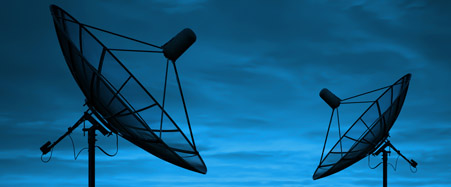NTIA's $18 billion spectrum reallocation plan would force battlefield networks to move
 Napatchapong Veerasak/Shutterstock.com
Napatchapong Veerasak/Shutterstock.com
The National Telecommunications and Information Administration on Tuesday said it would cost $18 billion to reallocate 95MHz of federal spectrum for commercial use and take at least a decade to complete. NTIA released the findings in a detailed analysis of the plan.
The agency wants to move more than than 3,100 individual frequency assignments of 20 federal agencies out of the 1755-1850 MHz frequency band to other bands. It will pay for this shift from auctions of spectrum to commercial providers. "Current law requires that auction proceeds exceed expected federal relocation costs. Since federal relocation costs are expected to be high, any repurposing option needs to promote economic value while ensuring no loss of critical federal capabilities," NTIA said.
The reallocation plan calls for shifting two key Army battlefield network systems, Warfighter Information Network-Tactical and the backpack version of the Joint Tactical Radio System, the agency said in an appendix to the analysis.
The JTRS backpack radio operates in the 1350-1390 MHz and 1755-1850 MHz bands slated for commercial use. NTIA said a planned move to frequencies above 2 GHz access to spectrum "is not achievable without significant engineering modifications." WIN-T, which operates in the 1350-2690 MHz range, can be retuned and shifted to the 2 GHz band, according to the agency
The Air Force operates satellite control links in the 1755-1850 MHz band. Due to the long orbit life of some satellites, control link frequencies could not be moved until 2045, NTIA said.
The Defense Department estimated it would spend $2.35 billion to move satellite control operations out of the 1755-1850 MHz band. Defense also operates small unmanned aerial systems in this band, and NTIA estimated it would cost $1.4 billion to switch those frequencies.
The Homeland Security, Justice and Treasury departments operate video surveillance systems in the band slated for commercial use, and NTIA put the cost of moving those systems at approximately $4.9 billion.
DHS also uses the band to support security enforcement along the border between Texas and Mexico. Several point-to-point microwave systems provide a critical link for the various communications and surveillance technologies DHS field personnel use. These wireless systems route communications media, voice from tactical radios, video imagery from remote surveillance systems, and data from ground sensors to the key decision-makers in Central Command and communications centers, NTIA said.
Some of the federal systems in this band may require more than a decade to relocate, which could further complicate deployment of commercial services.
NTIA is proposing that both spectrum sharing and reallocation to accommodate federal and commercial users.
( Image via Napatchapong Veerasak / Shutterstock.com )
NEXT STORY: Does It Matter Where Your Manager Works?






